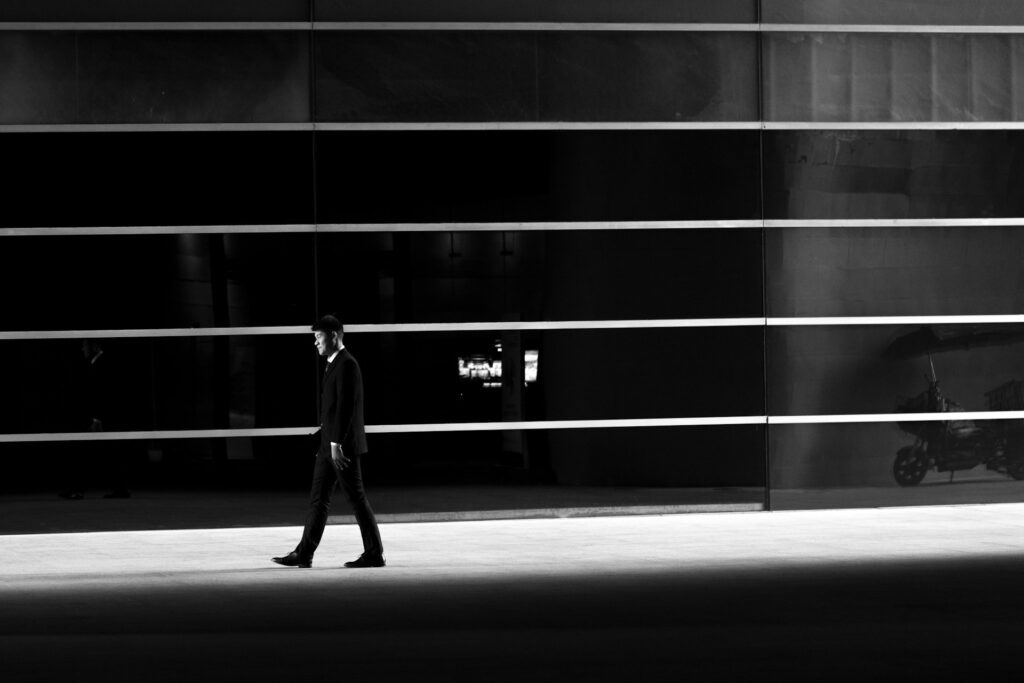What Are Photoshop Layers?

Think of Photoshop layers as sheets of transparent paper stacked on top of each other. Each layer can hold different elements of your image, such as a photo, text, or a graphic. The layers interact with each other to create the final composition. You can manipulate each layer individually, move them around, change their visibility, or even apply special effects without affecting the other layers. This non-destructive editing is a core advantage of working with layers.
The Different Types of Layers
Photoshop offers various types of layers that serve specific purposes:
-
Image Layers: These are standard layers that contain pixel-based images. When you import a photo or create a new document, you’re working with an image layer.
-
Adjustment Layers: These layers allow you to apply color and tonal adjustments (like brightness, contrast, and color balance) to your entire image or specific layers below them without altering the original image.
-
Text Layers: Whenever you add text to your project, it automatically goes onto a new text layer. You can freely edit, move, and apply effects to the text without disturbing other elements.
-
Shape Layers: These layers contain vector shapes, such as rectangles or circles. They’re great for creating graphic elements and can be resized without losing quality.
-
Smart Object Layers: Smart objects allow you to preserve an image’s original quality and apply non-destructive transformations. You can edit the content of a smart object in a separate window, and any changes made will update in your main project.
-
Layer Masks: Not exactly a separate type of layer, but a tool you can use with any layer. Layer masks let you hide or reveal parts of a layer without deleting any content, offering precise control over your editing.
Understanding the Layers Panel
The Layers panel is your control center for managing layers. Here are some key features:
-
Visibility Icon (Eye Symbol): Clicking the eye icon next to a layer will toggle its visibility. This helps you quickly check how individual layers affect the final image.
-
Opacity and Fill: These options control the transparency of a layer. Lowering the opacity makes a layer more see-through, while fill adjusts the transparency of only the content on the layer, not the effects applied.
-
Blend Modes: Photoshop offers a range of blend modes that change how a layer interacts with the layers beneath it. For example, “Multiply” darkens the underlying image, while “Screen” lightens it.
-
Layer Lock Options: Locking a layer prevents accidental changes. You can lock the entire layer or just specific aspects, like position or transparency.
Working with Layer Groups
Layer groups are useful for organizing your layers, especially when working on complex projects with many elements. You can create a group by selecting multiple layers and pressing Ctrl + G (Windows) or Cmd + G (Mac). Once grouped, you can move, apply effects, or change the visibility of all the layers inside the group at once.
How to Create and Manage Layers
-
Creating a New Layer: Click on the “Create a New Layer” button at the bottom of the Layers panel, or use the shortcut
Shift + Ctrl + N(Windows) /Shift + Cmd + N(Mac). -
Duplicating Layers: Right-click on a layer and choose “Duplicate Layer” to create a copy. You can also drag a layer to the “New Layer” icon for the same effect.
-
Reordering Layers: Drag layers up or down in the Layers panel to change their stacking order. Layers higher in the stack will appear above those lower down.
Tips for Using Layers Effectively
-
Name Your Layers: As projects grow, it’s easy to lose track of what’s on each layer. Naming your layers can save time and reduce frustration.
-
Use Layer Masks for Non-Destructive Editing: Rather than erasing parts of a layer, use a layer mask to hide or reveal sections. This way, you can always bring back the original content if needed.
-
Adjust Opacity for Subtle Effects: Lowering a layer’s opacity can help blend it more naturally into the image. This is useful for creating shadows, reflections, or soft color overlays.
-
Group Related Layers Together: If you’re working with multiple elements, grouping them can keep your Layers panel organized and make it easier to manage the project.
-
Take Advantage of Smart Objects: Converting a layer to a smart object allows for non-destructive scaling, rotating, and other transformations. It’s also helpful when applying filters that you might want to edit later.
Conclusion
Understanding Photoshop layers is essential for efficient and flexible image editing. By mastering the basics of layers, layer types, and how to manage them, you’ll be well-equipped to tackle more complex projects. Layers not only make your editing non-destructive but also open the door to endless creative possibilities. So, start experimenting with different layer types and techniques, and watch your Photoshop skills improve!
